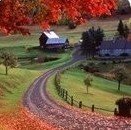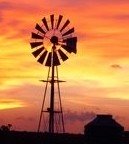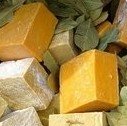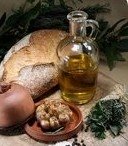Soap Recipe using Homemade Lye
by Countryfarm Lifestyles
Here is a soap recipe for using homemade lye, but before you use it, you must be aware of some warnings.
It is far better to use commercial lye in soap making as it has been carefully crafted in a factory where you can use it confidently for making your soaps. As a result, we don't advise using homemade lye for homemade soaps.
Using homemade lye is a gamble. A lot can go wrong, from not being strong enough, therefore failing to get your soap to saponify, to being so strong that it will be very harsh on your skin. We also do not advise that you use the recipe below on your skin, only use it for washing laundry etc.
So, if you are still keen to try:
Making sure that your lye is stong enough that an egg will float on the top. Take 3/4 of a pound of clean grease place it in a pot and add 1 gallon of strong lye. Boil it carefully.
If you are using fried pig fat, use 1 pound to 1 gallon of homemade lye. Make sure that you have cleaned your fat before using it.
Boil the mixture very fast, and stir frequently. You will need to do this for a few hours to get a good soap.
This will give you a soft soap. If you want a hard soap you will need to add salt. Add 1 pint of salt for every 3 gallons. Boil for a few minutes and put it into containers to cool.
If the lye used is very strong, you may find that you need to add a little water to thicken the mixture. This should be done before adding the salt.
You can use the water test to see how good your soap is doing. Take a little of the mixture out of the pot and place in a cup. Add a little water to the mixture. If the soap becomes thicker and clearer with the addition of the water, and continues to do so your soap is done. However, if your soap becomes whitish or watery it means that the lye hasn't combined with the soap well and you need to boil the mixture for longer. Repeat the water test until you get the right result.
After 24 hours, remove the soap from the containers and return it to the pot. Melt it, bring to under the boil and then place in clean containers to cool. This will help remove any of the lye still present and will prevent it from shrinking when dried.
Did you find this page helpful?
Sharing is a way of saying, "Thanks!"
Follow Us and Keep Up to Date
Go back to the Home Page





